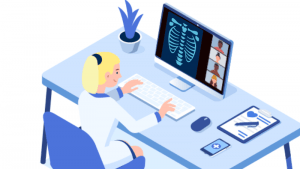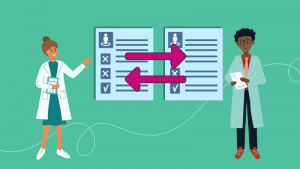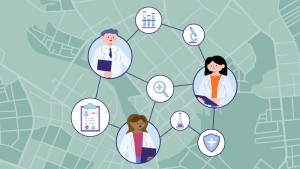Educator-to-Educator Tips & Strategies
Find out how your peers are making the most of Aquifer cases and teaching tools.
Find out how your peers are making the most of Aquifer cases and teaching tools.

When the pandemic hit, Harvard Medical School called upon the radiology clerkship committee to provide a virtual clerkship. With one week of preparation, we constructed the 4-week clerkship around the 19 Aquifer Radiology modules and a combination of large group lectures and small group homerooms.

In our Longitudinal Integrated Clerkship, students transitioned patient-based clinical learning from real patient to Aquifer cases in late March. These more advanced level clerks required that virtual cases have increased complexity to adequately challenge them and continue building their clinical skills. In order to meet these learning demands, Aquifer cases were introduced as written and then modified in preceptor lead discussions to encourage further clinical reasoning skill development.

Our community faculty are busy clinicians in local health systems or private practice. At several points throughout the clerkship, we provide calendars with the didactic and Aquifer case schedule illustrating the clinical information students will cover on campus. We actively encourage preceptors to engage in discussion with their students about what was covered during these activities outside of their offices to the benefit of both students and preceptors.

Aquifer cases can form the basis for a huge variety of classroom sessions that can be easily adapted for virtual learning. Here are some ideas to spark your creativity if you are designing your own activity. Suggested strategies include…
Notifications